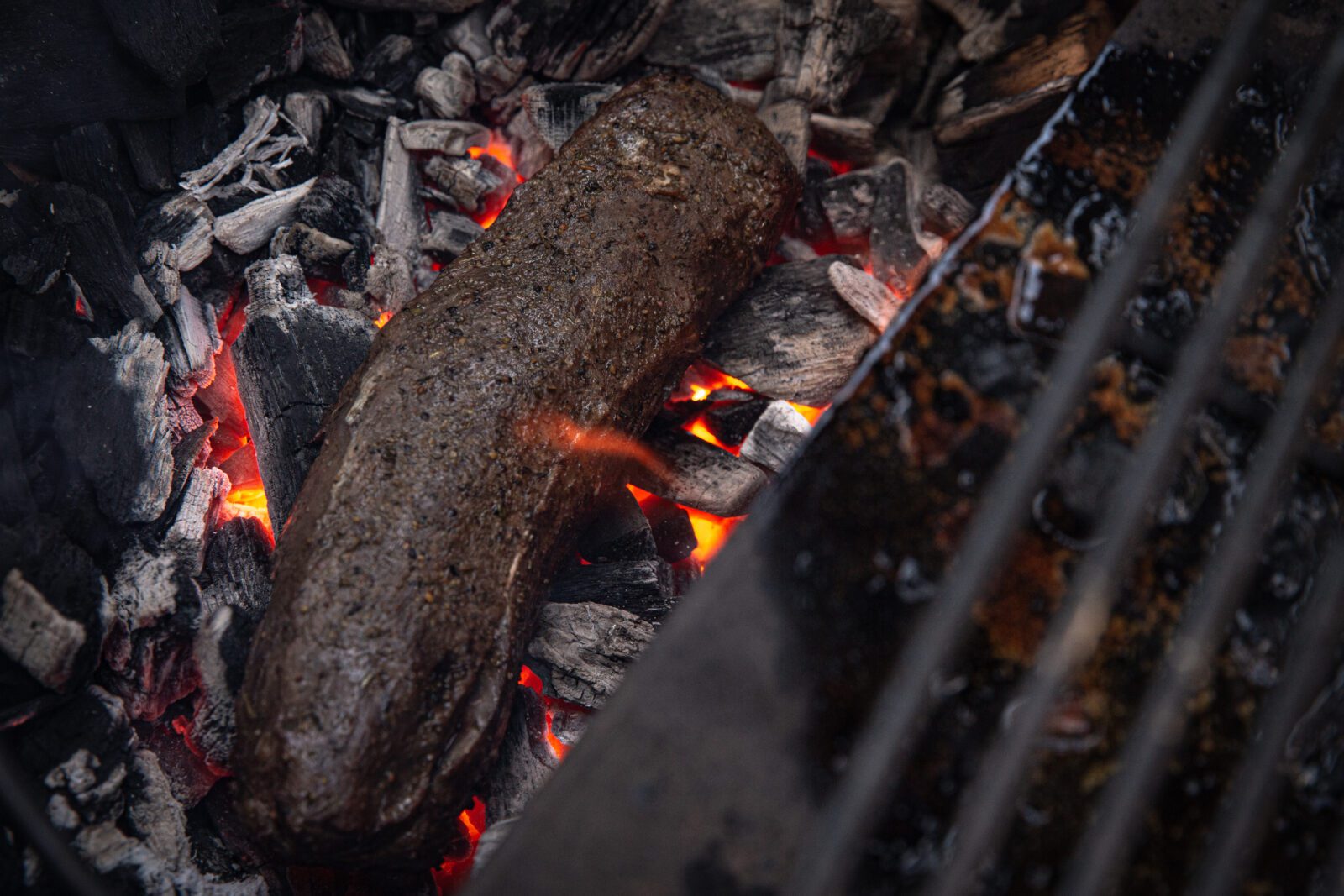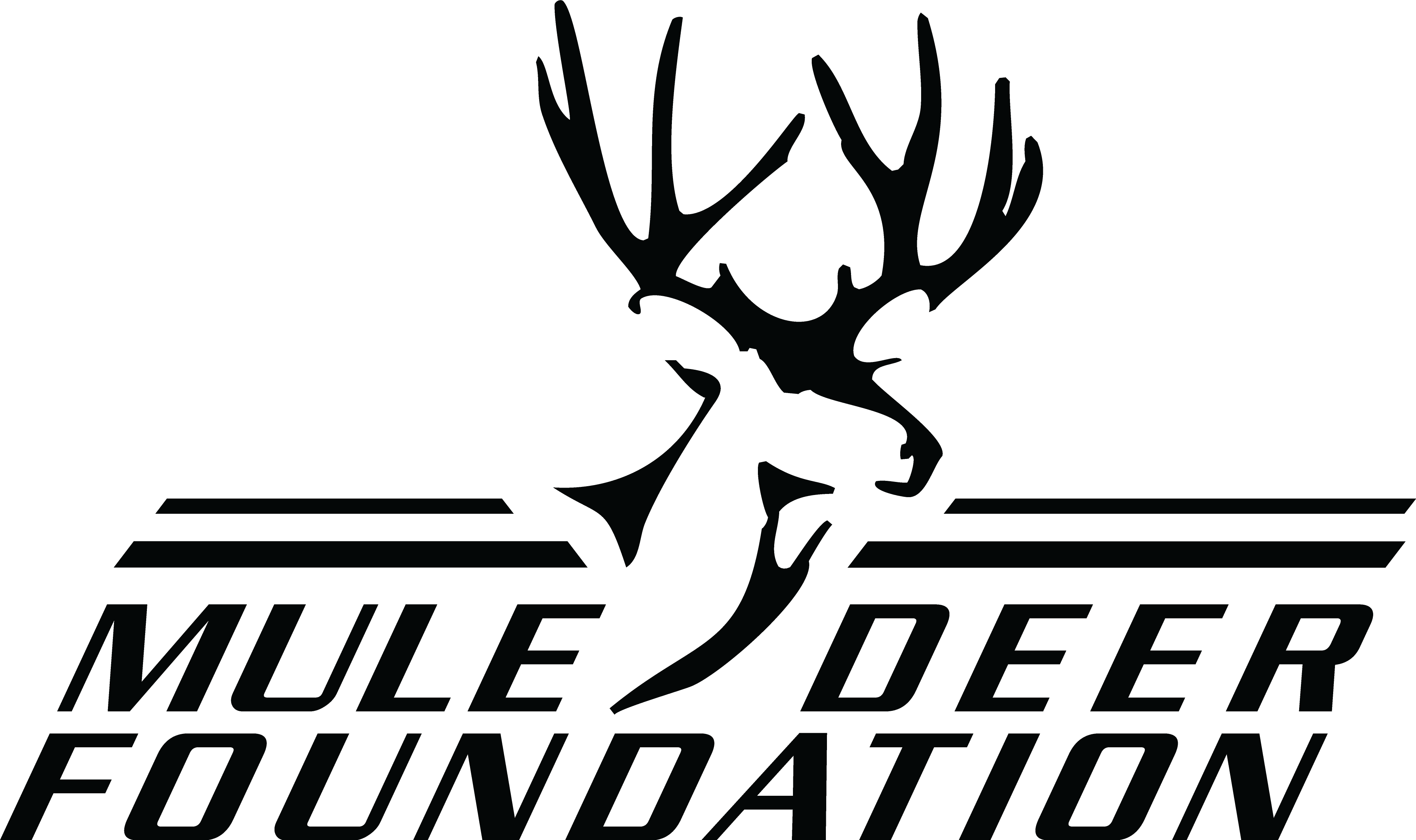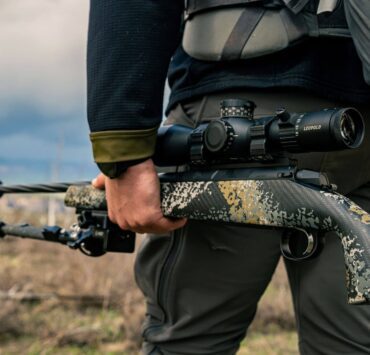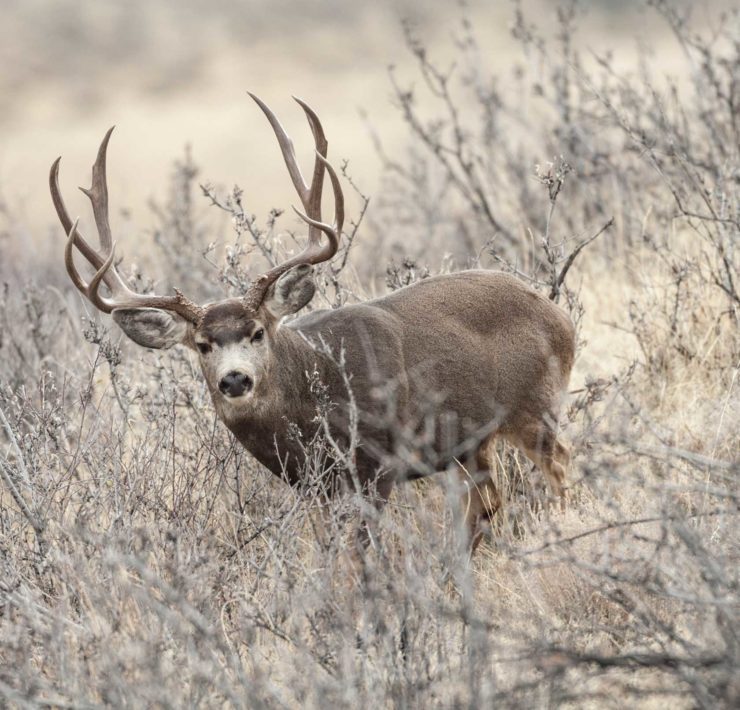VENISON BACKSTRAP REVERSE-SEAR, CAVEMAN-STYLE

Words and Photos by: Jack Hennessy
The best meal you’ll ever have isn’t found in a steakhouse in New York or on the Vegas Strip at some celebrity-chef’s restaurant. This unforgettable experience, when tastebuds revel in something more than flavor, occurs in the backcountry, when fingers are still trembling from cutting a tag as you pull backstraps from your trophy.
The culinary methods we are employing here are called “reverse sear” and “caveman style.”
The reverse-sear is simple: A cut of venison best served medium-rare is cooked slowly at lower temps until a specific internal temp is reached, then it is seared over a very hot grill or fire very quickly. With caveman-style cooking, this is done directly in the coals of the fire.
When pulled and allowed to rest, carryover will occur, which means the piping-hot exterior will continue to cook the middle of the meat. The final product: A caramelized crust of delicious deer encasing perfectly medium-rare wild succulence.
When meat rests after a hot sear, because the exterior of the meat is still piping hot, even though the meat is away from a heat source, the inside still continues to cook. This is what we call “carryover.” Why is carryover so important for wild game? Because a gradual distribution of heat helps ensure more meat is that perfect medium-rare (with an emphasis on rare) versus a perfect medium-rare center surrounded by a thick layer of gray, over-done meat (which is what happens when red meat is cooked over high heat until “done”).
WHY REVERSE SEAR?
The reasoning comes down to two main points:
- To serve venison with the most delicious medium-rare cook from edge to edge.
- To serve venison with a hearty crust that results in proper mouthfeel.
Yes, mouthfeel is a work when it comes to eating steak. It is the balance of texture, juiciness and tenderness. While it’s true we could slow smoke or roast venison until it hits that perfect 130 F, the end result would be a soft exterior that would seem spongy when biting in. Our molars long to feel a bit of resistance then succulent reward.
In terms of backstrap, tenderloins, and most roasts, I firmly believe the final internal temp should hit somewhere between 130 and 135 F. With every degree past that, flavor suffers exponentially. But were we to simply grill our venison over a hot, hot fire to start, we would overcook the outer layers before the middle reached medium rare. A low-and-slow roast or smoke or even sous-vide bath very gradually moves heat from the outer edges to the center, significantly minimizing—if not eliminating—a gray, dry outer edge.

CAPTION: For venison that is best served medium-rare, there should also be an emphasis on the “rare,” meaning if medium-rare is technically an internal temp of 130-140 F, we are shooting for closer to 130 F.
WHY CAVEMAN-STYLE?
A proper reverse sear is achieved via a VERY hot grill or skillet or fire—not lower than 600 F surface temp. A reverse sear needs to happen hot and fast so to add a nice crust while minimally cooking the exterior layers of meat. When using lump charcoal, that distinct charcoal flavor is imbued into the meat.

CAPTION: Not only does lump charcoal add more flavor versus briquettes, it lowers the amount of ash that might stick to your meat.
THE MAILLARD REACTION
Seared meat tastes great not only because of the mouthfeel discussed above but also for straight since reasons. When browning meat, a chemical reaction occurs when amino acids and reducing sugars are heated, which basically caramelizes the crust of the meat, resulting in deeper flavor. This is why we always want to brown our venison at one stage or another, even if we were to add to soup, for example, which would ultimately soften any crust. Still, the Maillard Reaction would have taken place and that deeper flavor is retained when browned meat is add to the soup.
GENERAL REVERSE-SEAR GUIDELINES
Smoke adheres to and penetrates cold, wet meat better than warmer, dry meat. We want to, ideally, put on the venison over a smoking fire or on a smoker when the meat is very cold, anywhere from 30 F to 36 F. If pulling from the freezer, you can leave the venison out at room temp for a couple hours, trim of silver skin and season, wait another 2-3 hours then start smoking. A cold but thawed, a backstrap should take approximately 45 minutes to reach 108 F with smoker set to 200 F. Larger roasts like top round or sirloin tip can take upwards of 1-1/2 to 2 hours to get to 115 F at 200 F (115 F is the ideal internal temp for larger roasts ahead of reverse searing). If the meat is partially frozen, you need to add an hour. A meat probe like a MEATER (which is Bluetooth) works great to monitor progress.
Once the backstrap hits 108 F via smoke (115 F for larger roasts), lightly oil and put directly into a hot, hot fire. Cook each side for approximately 1 minute for backstraps, 2-3 minutes for larger roasts. Remove and tent with foil. Allow backstraps to rest 15 minutes before carving, larger roasts 30 minutes.
Get Cooking!
Good luck this fall. Send any success pictures and stories from the field to [email protected] to be featured on our website or in our magazine. If this article or any of our articles have helped you become a better hunter or conservation steward, consider becoming a member of the Mule Deer Foundation for only $35 dollars a year. Click here to join: https://muledeer.org/product-category/membership/
Jack Hennessy:

Jack Hennessy grew up south of Chicago, started hunting at the age of 26 when attending graduate school in Spokane, Washington. Since then he has combined his love of cooking with the outdoors. He lives in south-central Kansas where he hunts whitetails and chases roosters with his Wirehaired Vizsla, Dudley. Any questions or comments, please reach out on Instagram: @WildGameJack





